Piano #2/#14 Color Hair Bundles 60cm Double Drawn
$108 – $1.799Price range: $108 through $1.799
- Hair materials: Raw Hair
- 100% human hair, Soft and silky hair, No synthetic fibers, No Tangle, No Lice
- Hair Texture: Natural Straigh, Wavy, Curly, Loose Wavy, Kinky, Yaky…
- Length: 20cm to 80cm
- Weight: 100g/Per Bundles
Machine Hair Weft: A Revolutionary Approach to Hair Extensions
In the world of beauty and fashion, hair extensions have become an essential tool for transforming one’s appearance. Whether for adding length, volume, or a burst of color, hair extensions are a go-to solution. Among the various types of hair extensions available today, Machine Hair Weft has emerged as a leading option for both professionals and individuals. This article delves into the specifics of Machine Hair Weft, its production process, advantages, applications, and why it has gained widespread popularity in the beauty industry.
1. What is Machine Hair Weft?

Machine Hair Weft refers to hair extensions that are created using machines to stitch or weave hair strands into a track or band. The hair is sewn together using a machine, creating a seamless and secure weft that can be applied to the natural hair. Unlike hand-tied wefts, which require skilled artisans to manually attach each strand, machine wefts are produced in a standardized and efficient manner through the use of automated machines. This method allows for higher consistency and quality control, resulting in a more reliable end product.
The primary difference between machine wefts and hand-tied wefts is the way the hair is secured into the weft. In machine wefts, hair strands are sewn into a base material using a sewing machine, while hand-tied wefts are created by manually tying each hair strand to a thin weft material by hand.
2. The Production Process of Machine Hair Weft

The production process of Machine Hair Weft is intricate and involves several steps to ensure the final product is of high quality. Here’s a breakdown of the steps involved:
- Hair Selection: The first step in creating machine hair wefts is selecting the hair. High-quality hair, often 100% human hair, is chosen based on texture, thickness, and appearance. The hair is sorted and cleaned to remove any impurities, ensuring that only the best strands are used.
- Cutting the Hair: The selected hair is then cut into appropriate lengths. Depending on the requirements of the customer or the brand, the hair is trimmed to specific lengths for different types of wefts, from short to long.
- Weaving the Weft: Using a specialized sewing machine, the hair is sewn into a base material to create the weft. The machine wefts the hair in a specific pattern to ensure the strands are secure and aligned, creating a clean and uniform appearance.
- Wefting and Sealing: After the hair is sewn onto the weft, the edges are sealed to prevent shedding. This is an important step in ensuring the weft remains intact and durable throughout its use. The sealing process helps to ensure that the hair doesn’t unravel or cause tangling over time.
- Quality Control: The final wefts are inspected for quality. Any inconsistencies, such as stray hairs, loose threads, or imperfections, are removed. This quality control step ensures that each machine weft meets the standards for durability, appearance, and comfort.
- Packaging and Distribution: Once the wefts are checked and approved, they are packaged and prepared for distribution. Machine wefts are often sold in bundles, and each bundle is labeled with the length, color, and texture of the hair.
3. Advantages of Machine Hair Weft
Machine Hair Wefts come with a variety of benefits that make them a preferred choice for both professionals and consumers. Some of the key advantages include:
a. Durability and Strength
Machine Hair Wefts are known for their durability. The use of a sewing machine to create the weft ensures that the strands of hair are securely attached, reducing the likelihood of shedding. This makes machine wefts a long-lasting option for those looking for extensions that can withstand daily styling, washing, and other forms of maintenance.
b. Uniformity and Consistency
One of the most significant benefits of machine hair wefts is their uniformity. Because they are produced using a machine, the wefts have a consistent and even appearance. Each strand is sewn in a precise and uniform pattern, ensuring that the final product looks natural and cohesive. This is in contrast to hand-tied wefts, which may vary slightly in thickness and texture from one piece to another.
c. Ease of Application
Machine hair wefts are relatively easy to apply. They can be sewn, glued, or clipped onto the natural hair, depending on the method preferred by the user. The even distribution of hair in the weft also makes the installation process smoother and more seamless.
d. Cost-Effectiveness
Since machine wefts are produced using automated processes, they are typically more affordable than hand-tied wefts. The reduced labor costs associated with machine production allow for a lower retail price, making them a cost-effective option for individuals who want to add volume or length to their hair without breaking the bank.You can easily place an order here.
e. Versatility
Machine hair wefts are incredibly versatile. They come in a wide range of textures, colors, and lengths, allowing users to choose the perfect match for their natural hair. Additionally, machine wefts can be cut, curled, or styled to suit different looks, making them an adaptable option for various styling needs.
f. Reduced Shedding
One of the most common issues with hair extensions is shedding. However, due to the tight and secure stitching in machine hair wefts, the amount of shedding is significantly reduced. This ensures that the extensions remain intact and maintain their full appearance for a longer period.
4. Applications of Machine Hair Weft

Machine Hair Wefts have a broad range of applications in the beauty industry. Some of the most common uses include:
a. Hair Extensions
The most popular application for machine wefts is as hair extensions. Whether you want to add volume, length, or color, machine hair wefts offer a fast and effective solution. They can be applied using various methods, such as sew-in, tape-in, or clip-in extensions, depending on the user’s preference.
b. Volume and Thickness
Individuals with fine or thinning hair can use machine hair wefts to enhance the volume and thickness of their natural hair. By adding wefts to specific areas, users can achieve a fuller, more voluminous look without the need for permanent changes.
c. Special Events and Photoshoots
Machine hair wefts are frequently used for special occasions, such as weddings, photoshoots, and runway shows. The ability to create a customized, voluminous, and well-defined hairstyle makes machine wefts a popular choice for professional stylists working on high-profile events.
d. Color and Texture Change
Machine hair wefts can be a great way to experiment with new hair colors or textures without committing to permanent changes. With a wide range of colors and textures available, you can try out new looks for a temporary period and switch things up as desired.
5. Conclusion
Machine Hair Wefts represent a significant advancement in the world of hair extensions. Their durability, consistency, ease of application, and affordability make them a preferred choice for both consumers and hair professionals. Whether you’re looking to add length, volume, or experiment with different styles, machine hair wefts provide a versatile and long-lasting solution. As technology continues to evolve, it’s clear that machine hair wefts will remain a cornerstone of the hair extension industry, offering high-quality and accessible options for anyone looking to enhance their hairstyle.
| Color | Natural, #2,#4,#6,#8…, #10,#12,#14,#16…, #60,#613,Piano,Balayage |
|---|---|
| Hair Quality | Single Drawn, Double Drawn, Super Drawn |
| Quantity Type | 1kg |
| Size | 15cm (6″), 20cm (8″), 25cm (10″), 30cm (12″), 35cm (14″), 40cm (16″), 45cm (18″), 50cm (20″), 55cm (22″), 60cm (24″), 65cm (26″), 70cm (28″), 75cm (30″), 80cm (32″) |
| Texture | Natural Straight, Wavy ,Curly, Loose, Kinky… |
Be the first to review “Piano #2/#14 Color Hair Bundles 60cm Double Drawn” Cancel reply
Related products
MACHINE HAIR WEFT
Hair Bundles 55cm Green Color Bone straight Super Double Drawn
MACHINE HAIR WEFT
MACHINE HAIR WEFT
MACHINE HAIR WEFT
MACHINE HAIR WEFT
MACHINE HAIR WEFT
Hair Bundles 30cm Orange Light Color Bone straight Super Double Drawn
MACHINE HAIR WEFT
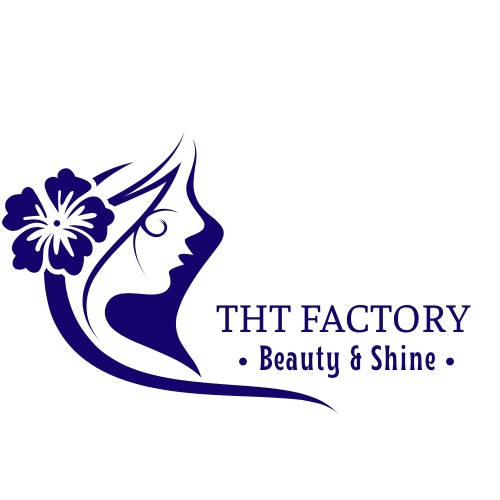
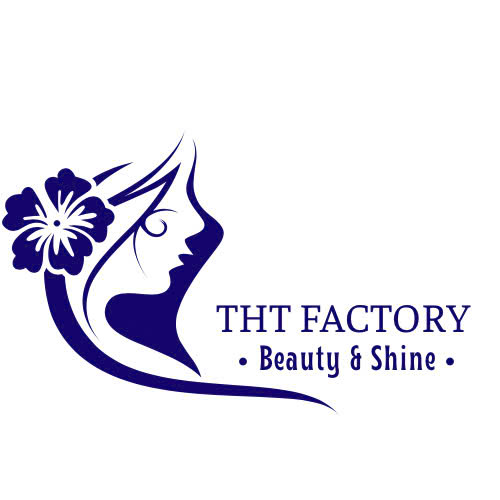

















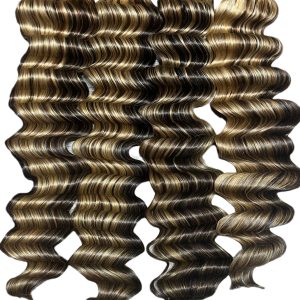
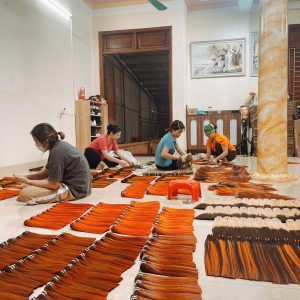








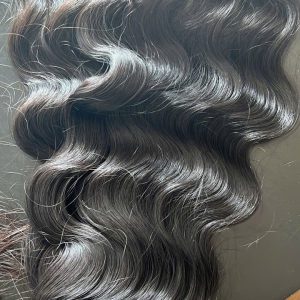

















Reviews
There are no reviews yet.